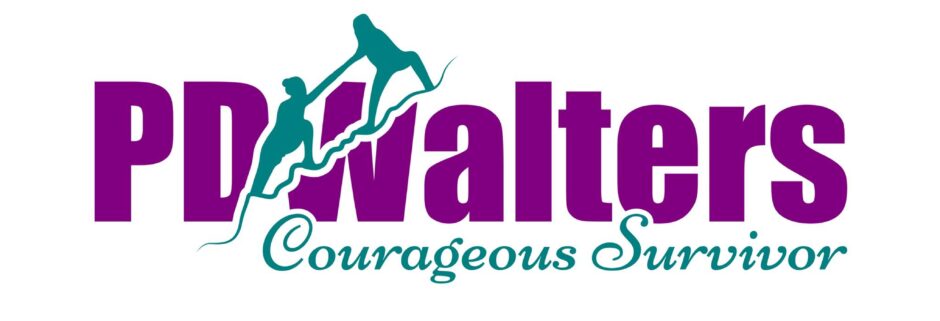I’m back from my time at Neural Connection, where I worked closely with Dr. Mike Hennes to continue my brain rehabilitation journey. As always, my experience was both enlightening and empowering. Each visit brings new insights into the lingering effects of trauma on my brain and body, and this time was no different.
Uncovering the Root Causes
During my assessment, we identified two primary neurological challenges. The first was a left cerebellar deficit, likely stemming from previous trauma. This has been a long-standing issue, something that has persisted over time and influenced various aspects of my neurological function.
The second issue was new to me—or at least newly identified in a way that made sense for my healing. I was experiencing a deficiency in vertical eye movements, specifically in downward pursuit and upward saccadic movements. These vertical eye movements are controlled by both the brainstem and frontal cortices, meaning their dysfunction can impact motor control, balance, coordination, and even cognitive processing.
A Targeted Approach to Healing
Dr. Hennes designed a rehabilitation plan tailored to my specific deficits. One key component involved BlazePods, a tool that integrates vertical saccadic eye movements with a go/no-go response (where I had to hit the correct color while inhibiting the urge to respond to incorrect cues).
This exercise served a dual purpose:
- Enhancing frontal lobe function – By engaging decision-making, inhibition control, and reaction time, we strengthened frontal lobe processes critical for cognitive flexibility and motor control.
- Promoting neuroplasticity – By integrating multiple sensory inputs—vision, movement, and cognitive processing—we activated different neural pathways to encourage long-term adaptation and improvement.
Measuring Progress and Monitoring Success
One of the most valuable aspects of this rehabilitation process was the ability to track my progress objectively. Success or failure was assessed through repeat VNG (videonystagmography) testing, which allowed us to measure improvements in my eye movements and neurological responses.
Additionally, therapy monitoring included:
- Reaction time to target striking – Tracking how quickly and accurately I could respond.
- Error rate – Measuring how well I could distinguish and act on correct versus incorrect cues.
- Heart rate inhibition – Assessing how well my frontal lobe could regulate my sympathetic nervous system (fight-or-flight response), a key factor in trauma recovery.
The proposed mechanism behind these exercises is frontal inhibition of the sympathetic system—meaning that by strengthening my brain’s ability to regulate responses, I can help downregulate the heightened state of alertness that trauma often leaves behind.
Moving Forward
This experience reaffirmed what I have come to understand about trauma, brain injury, and recovery—that healing is not a linear process. It requires intentional effort, targeted interventions, and an openness to retraining the brain in ways that may seem unconventional but are deeply effective.
I’m leaving this round of therapy with a renewed sense of hope, clarity, and motivation. I know that every small improvement is a victory, and I remain committed to the ongoing work of healing and optimizing my brain function.
For those walking a similar path, know this: neuroplasticity is real, and change is possible. With the right knowledge and tools, we can continue to reclaim our health and move toward a brighter, more functional future.
Thank you, Dr. Mike Hennes, for your unwavering support and expertise—I look forward to the next steps in this journey
